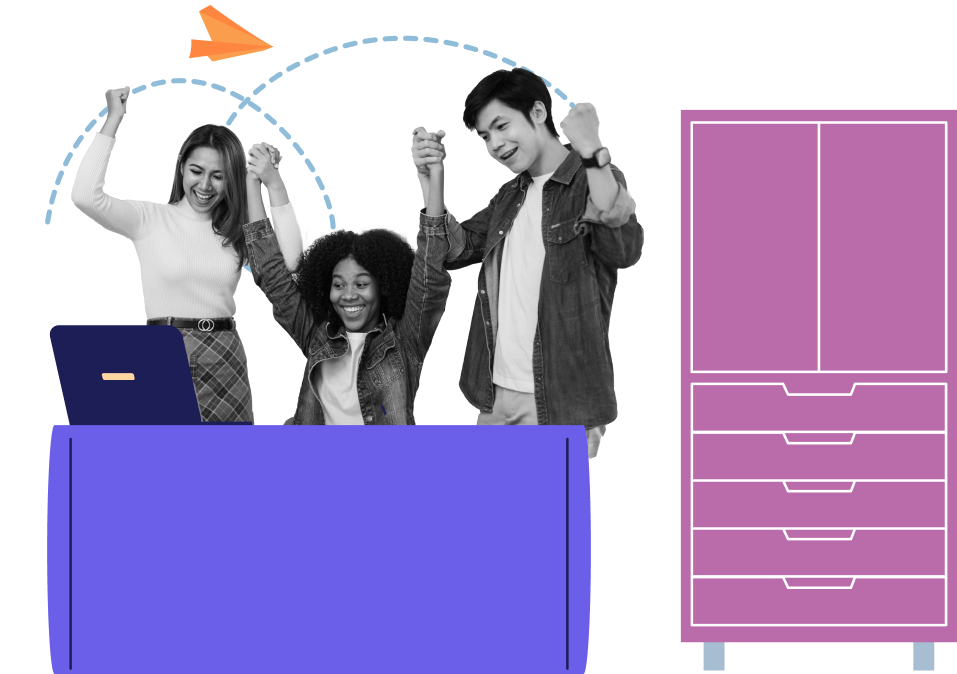Employee Assistance
Services
Elevate Well-Being for a Thriving Workforce
Overview
An employee assistance program (EAP) is a company-provided benefits initiative to aid employees in managing potential life-affecting concerns. It aims to tackle personal issues proactively, safeguarding job performance. EAPs encompass confidential evaluations, brief counseling, referrals, and ongoing support. EAP counselors collaborate with managers to address workforce challenges. Organizations, including corporations, academic institutions, and government agencies, actively contribute to preventing and managing emergencies through employee assistance services. These versatile support programs extend beyond work-related matters and have gained substantial traction due to their widespread utility.

Employee Assistance Program Benefits
The primary benefits of participating in employee assistance program services include:
Implementing employee assistance
services can lead to decreased
workplace injuries, illnesses, and claims,
saving time and money.
Healthy employees contribute
to heightened engagement and
productivity, evidenced by a 17%
increase in output for engaged units.
Promoting well-being through
EAPs fosters job satisfaction,
engagement, and organization loyalty,
positively impacting
employee retention.
Engaged teams experience 41%
less absenteeism, as healthier
employees take fewer sick
days and arrive punctually.
EAPs enhance physical and
mental health, ensuring a safer
workplace by enabling employees
to be vigilant and careful.
Compared to the potential costs
of absenteeism, reasonably priced
employee assistance services
offer substantial savings for employers,
benefiting both parties.
EAP Delivery Models
These models represent the most widely recognized EAP delivery methods:
1. Fee-for-Service Contracts
Companies contract directly with the EAP provider, paying for used services, often per session booked by employees. The provider takes responsibility for services, while the company aims to offer counseling support. Common in small businesses.
2. Fixed-Fee Contracts
Businesses partner with third-party organizations for various services like referrals and training, based on employee count, accommodating mental health or educational needs.
3. Consortia Collaboration
Small businesses pool resources to reduce individual costs, accessing EAP services collectively.
4. Peer Assistance Initiatives
Companies or unions train peers to support colleagues facing issues like substance abuse, enhancing well-being within set boundaries.
5. Employer-Managed EAPs
Large corporations maintain in-house EAP staff, providing comprehensive support services directly.
6. Blended Service Models
Employers and unions adapt services by combining in-house and external EAP resources, tailoring support to meet diverse needs efficiently.

Let Us Help You!
Discover how GEO Career leads you through these stages:
GEO Career offers tailored assistance,
helping you navigate life’s challenges
and regain emotional balance.
Our six-step employee assistance
services address personal issues,
enhancing well-being
and productivity
Foster a supportive workplace,
benefiting both employees and
the organization’s overall success.
We provide tools and guidance
to help you overcome challenges,
promoting a healthier
and happier life.
GEO Career ensures you’re
never alone on your journey to
success, offering continuous
support and empowerment.
Experience the benefits of our
employee assistance program services,
leading to a fulfilled and balanced life.
Contact Us
Thanks for checking out GEO Career! Just drop us a line with your contact info, what service you need, and a quick note on how we can assist you. We look forward to hearing from you.
Frequently Asked Questions
AAn EAP is a company-offered benefits program designed to assist employees in handling significant life-related challenges.
AThe primary goal of an EAP is to proactively address personal issues, ensuring they do not impact job performance negatively.
AHealthy employees lead to increased engagement and productivity, with engaged units showing a 17% output increase.

